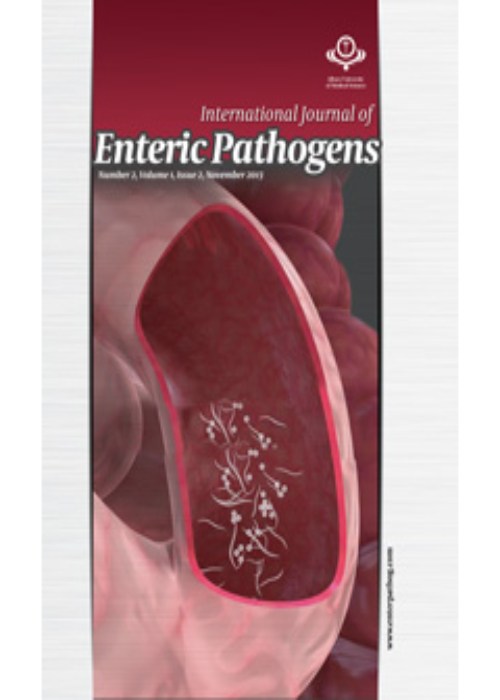Isolation, Characterization, and Molecular Identification of Mycoplasma hominis in Females With Bacterial Vaginosis and its Association With Epidemiological Factors: A Cross-sectional Study From Isfahan Province, Iran
Mycoplasma strains are frequently found in the human urogenital tract and are mainly associated with bacterial vaginosis (BV) which has several adverse outcomes including infertility, preterm delivery, and abortion. The prevalence of BV caused by Mycoplasma species could be associated with different epidemiological factors such as ethnicity, socioeconomic status, sexual activity, and age.
This study aimed to investigate the prevalence of BV caused by Mycoplasma hominis and to examine its association with several epidemiological factors.
A total number of 110 married, non-pregnant women in the 18-45 age range and with BV referring to the healthcare centers of Falavarjan, Isfahan province, Iran were included in this study. BV was diagnosed based on the Amsel criteria, and the polymerase chain reaction (PCR) was used for detecting M. hominis. Then, the association of several epidemiologic factors with the presence of M. hominis was examined.
According to the study results, 15.4% of patients (group 1, n=17) were positive for M. hominis infection, while the remaining ones (group 2, n=93) were negative for this pathogen. Statistical analyses showed no significant difference between the two groups in terms of age range, job, education level of the subjects and their husbands, history of birth delivery and abortion, number of sexual intercourses per week, daily vaginal wash, body mass index (BMI), socioeconomic status, contraception method, and positive whiff test. However, a higher prevalence of M. hominis infection was observed among the women with previous deliveries ≥2, which was significantly different from the prevalence of non-M. hominis infection. Moreover, a significant association of M. hominis infection with the pH of vaginal discharge and presence of clue cells was detected.
An association was found between M. hominis infection and previous deliveries among the studied women, while other epidemiological factors were discovered not to be important determinants in this regard.
- حق عضویت دریافتی صرف حمایت از نشریات عضو و نگهداری، تکمیل و توسعه مگیران میشود.
- پرداخت حق اشتراک و دانلود مقالات اجازه بازنشر آن در سایر رسانههای چاپی و دیجیتال را به کاربر نمیدهد.


